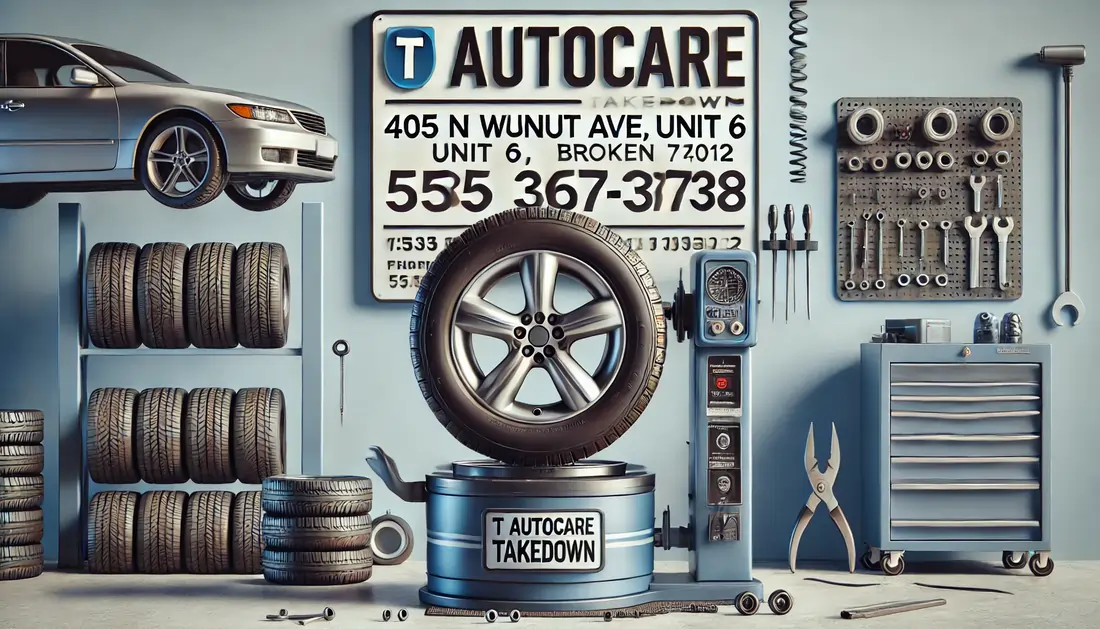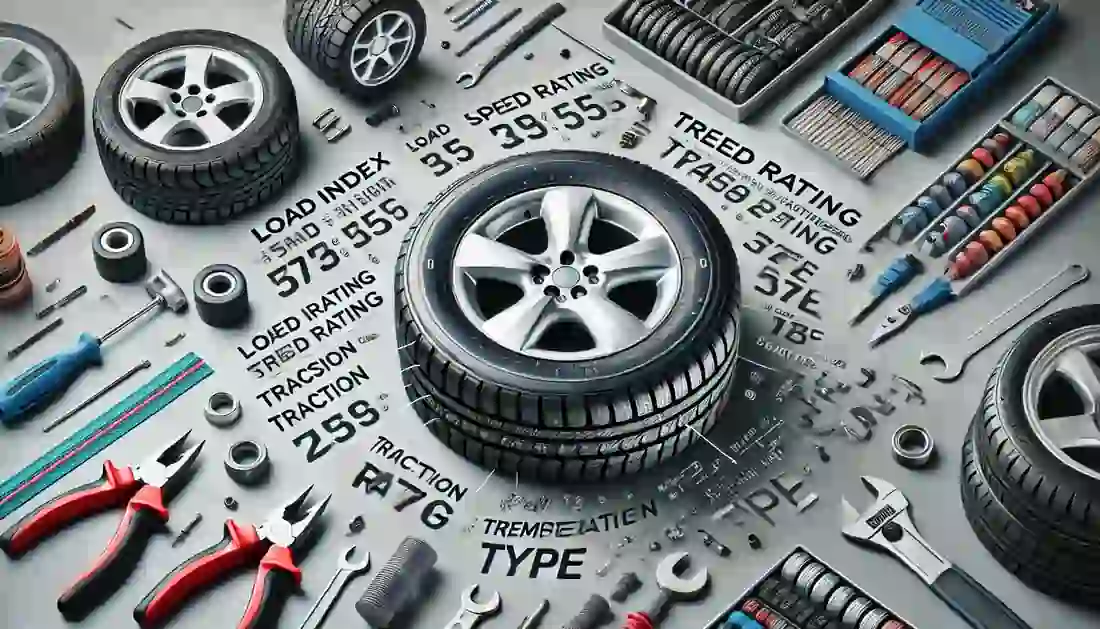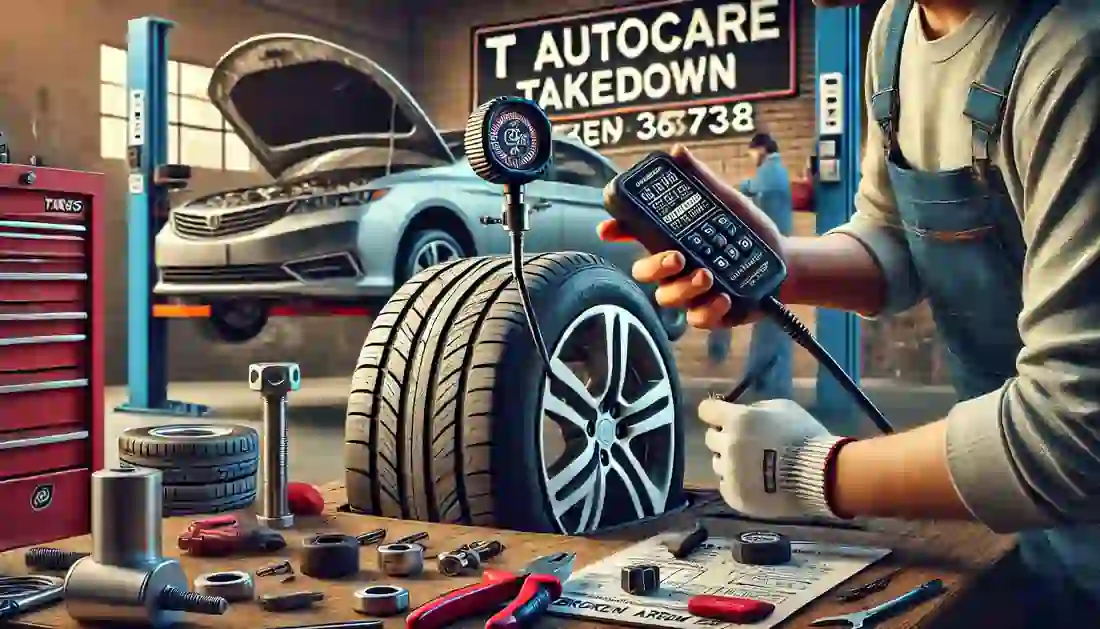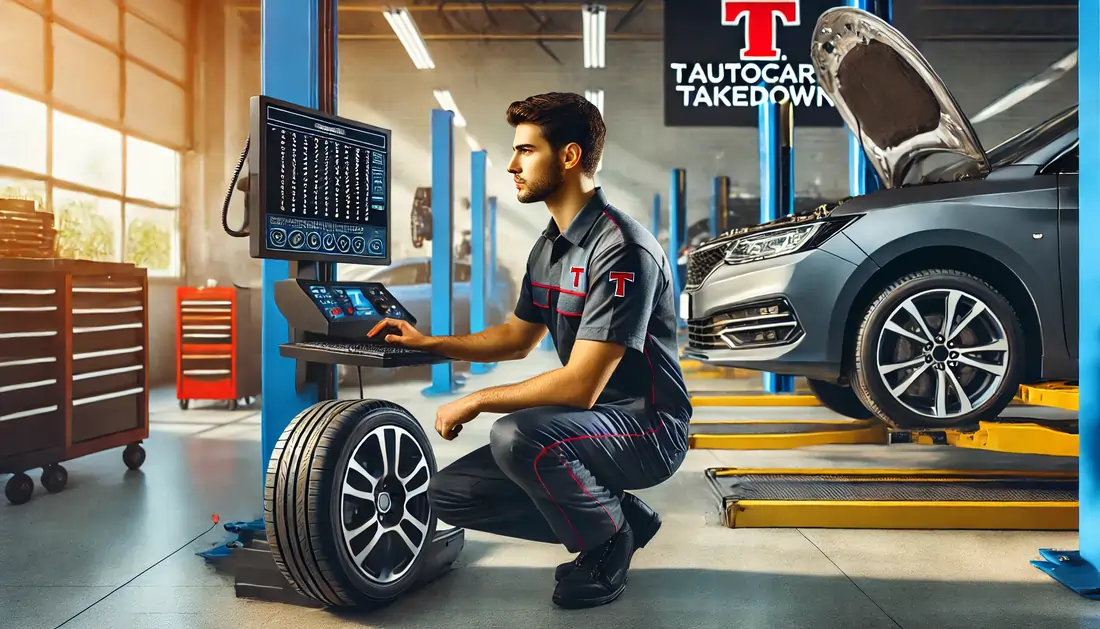Run-Flat Tires: Are They Right for You?
Run-flat tires are a popular choice for many drivers due to their ability to keep a vehicle moving even after a puncture.
If you’ve ever been stranded on the side of the road with a flat tire, you know it can be a hassle. Imagine being able to keep driving even after a tire goes flat! That’s what run-flat tires are made for. But like anything, they come with both benefits and drawbacks. Here’s everything you need to know about run-flat tires to help you decide if they’re right for your vehicle.
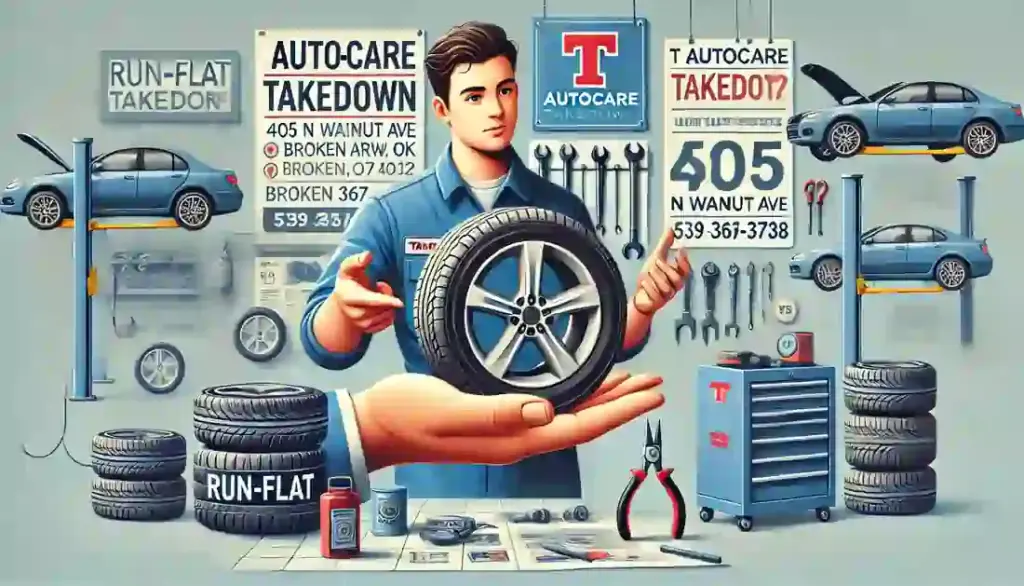
What Are Run-Flat Tires?
Manufacturers design run-flat tires. Unlike regular tires, run-flat tires have reinforced sidewalls that support the vehicle’s weight after a puncture, allowing you to drive up to 50 miles to a repair shop without having to change the tire on the spot.
For drivers who value safety and convenience, these tires can be a great option. They’re commonly found on luxury vehicles but can be installed on other types as well. For more tire choices, check out How to Choose Between All-Season and Winter Tires for a broader perspective.
The Benefits of Run-Flat Tires
Run-flat tires have several advantages that make them appealing to certain drivers.

Here’s a closer look at the pros:
Safety and Convenience
Run-flat tires provide extra peace of mind. If you experience a flat tire, you won’t need to stop immediately on a busy road. Instead, you can keep driving at a reduced speed, which helps you get to a safer place, such as a service station or your home. This convenience is especially useful if you’re driving alone, at night, or in an unsafe area. For other safety tips, check out Essential Items for Your Car’s Emergency Kit.
No Spare Tire Needed
Since run-flat tires allow you to keep driving, there’s no need to carry a spare tire. This means you’ll have extra room in your trunk for groceries, luggage, or sports gear. Not having a spare tire can also reduce the overall weight of your vehicle slightly, which may help with fuel efficiency. If you’re looking for more ways to save on fuel, check out Tips for Improving Fuel Efficiency.
Better Control in Emergencies
When you get a puncture, run-flat tires provide greater stability and control than regular tires. With regular tires, a sudden flat can cause you to lose control, but with run-flat tires, you’re more likely to stay safe on the road. To understand how other parts of your vehicle support safe driving, consider reading about Suspension Systems.
The Downsides of Run-Flat Tires

While run-flat tires have some great benefits, they also come with a few downsides to consider:
Higher Cost
Run-flat tires are usually more expensive than standard tires. This is something to keep in mind if you’re on a budget or if you’ll need to replace your tires soon. You might also find that these tires wear out faster, which could mean replacing them more often. For more tips on budgeting for car expenses, read Car Maintenance Budget: Saving Money.
Harsher Ride Quality
Run-flat tires are made with reinforced sidewalls, which make them stiffer. This stiffness can lead to a bumpier ride compared to standard tires. If you value a smooth, comfortable ride, this could be a drawback. Suspension quality can also affect ride comfort, so make sure your Suspension System is in top shape for the best performance.
Limited Repair Options
Not all mechanics can repair run-flat tires, and in many cases, a puncture means the tire will need to be replaced entirely. This can be inconvenient if you’re used to getting regular tires patched. If you’re curious about how tires are repaired, see our Guide on How to Patch a Tire for more details.
How Do Run-Flat Tires Compare to Regular Tires?
It’s helpful to understand how run-flat tires stack up against traditional tires. Here are some key differences:
| Feature | Run-Flat Tires | Regular Tires |
|---|---|---|
| Ability to drive after puncture | Yes, up to 50 miles | No |
| Need for a spare tire | No | Yes |
| Ride quality | Stiffer | Smoother |
| Cost | Higher | Lower |
| Repair options | Often needs full replacement | Patchable in some cases |
You can learn more about how different types of tires are rated by visiting Different Tire Ratings.
Who Should Consider Run-Flat Tires?
Run-flat tires aren’t for everyone, but they could be an excellent option if:
- You Drive Frequently in Isolated Areas
If you often drive in places where help isn’t readily available, having run-flat tires can be reassuring. - You Prefer Not Carrying a Spare
Run-flat tires allow you to skip the spare, freeing up trunk space for other uses. - You Drive a Luxury or High-Performance Vehicle
Many luxury and high-performance cars come equipped with run-flat tires, making them a natural choice if you drive this type of vehicle. When considering buying a car, a Pre-Purchase Vehicle Inspection can be valuable to understand its tire setup and overall condition.
Taking Care of Your Run-Flat Tires
Run-flat tires, like any tire, need regular maintenance. Here’s what you can do to keep them in top condition:
- Regular Tire Rotations
Rotate your tires every few thousand miles to ensure even wear, especially with run-flat tires, which may wear down faster. For tips, read about the Benefits of Regular Tire Rotations. - Check Tire Pressure Often
While run-flat tires can handle a puncture, driving on underinflated tires can damage them and reduce their lifespan. Learn how to check tire pressure with our Comprehensive Tire Pressure Guide.
Many modern vehicles are equipped with a Tire Pressure Monitoring System (TPMS), which alerts you if tire pressure drops below a safe level. Understanding how your TPMS works can help you keep your tires in top condition. Check out our guide to Understanding Tire Pressure Monitoring Systems (TPMS) to learn more about monitoring your tire pressure effectively and ensuring your tires stay properly inflated.
Final Thoughts on Run-Flat Tires
Run-flat tires can be a great addition to your vehicle if you value safety, convenience, and don’t mind a slightly higher cost. However, if you prioritize a smooth ride and lower expenses, regular tires might be a better fit.
If you’re considering switching to run-flat tires, make sure you’re comfortable with their unique pros and cons, and always check your Car’s Maintenance Schedule to keep everything running smoothly. For more advice on vehicle maintenance, browse through our Auto Repair Advice section.
Auto Repair in Broken Arrow you can Rely on
Our experienced mechanics provide top-notch auto repair in Broken Arrow and auto service to keep your vehicle in optimal condition. Visit our auto repair shop at 1501 W Detroit St, Broken Arrow, OK 74012, or call us at (539) 367-3738.
By understanding the pros and cons of run-flat tires, you can make an informed decision that best suits your needs and ensures your vehicle’s optimal performance. Trust T Autocare Takedown for all your auto care and maintenance needs.
Useful Links: Learn More About Run-Flat Tires
For drivers interested in learning more about run-flat tires, the following resources provide expert insights on how they work, their advantages and disadvantages, and what to consider when making a switch. Check out these trusted sources for a deeper understanding of run-flat tires and how they can impact your driving experience.
- Run-Flat Tires: Are They Right for Your Vehicle? – CARFAX
CARFAX provides an overview of run-flat tires, including what they are, how they work, and the key pros and cons. The article also gives tips on maintaining run-flat tires and choosing between them and standard tires. - Run-Flat Tires: Pros and Cons – Autotrader
This guide from Autotrader breaks down the advantages and disadvantages of run-flat tires in detail. It’s an excellent resource for anyone considering run-flat tires but unsure about how they compare to regular tires in terms of cost, comfort, and safety. - Run-Flat Tires: A Primer – Edmunds
Edmunds offers a beginner-friendly primer on run-flat tires, explaining how they can keep you driving after a puncture. It covers the basic types of run-flat tires and provides insights into potential limitations, such as limited repair options. - Run-Flat Tires: Pros and Cons – Kelley Blue Book (KBB)
Kelley Blue Book explores the pros and cons of run-flat tires in detail, with a focus on different driving needs and preferences. The article also covers scenarios where run-flat tires may not be ideal, helping readers make informed choices. - How Run-Flat Tires Work and What Sets Them Apart – Les Schwab
Les Schwab explains the technology behind run-flat tires and what makes them different from standard tires. The article also includes practical advice on when to consider switching to run-flat tires based on driving habits and vehicle type.


